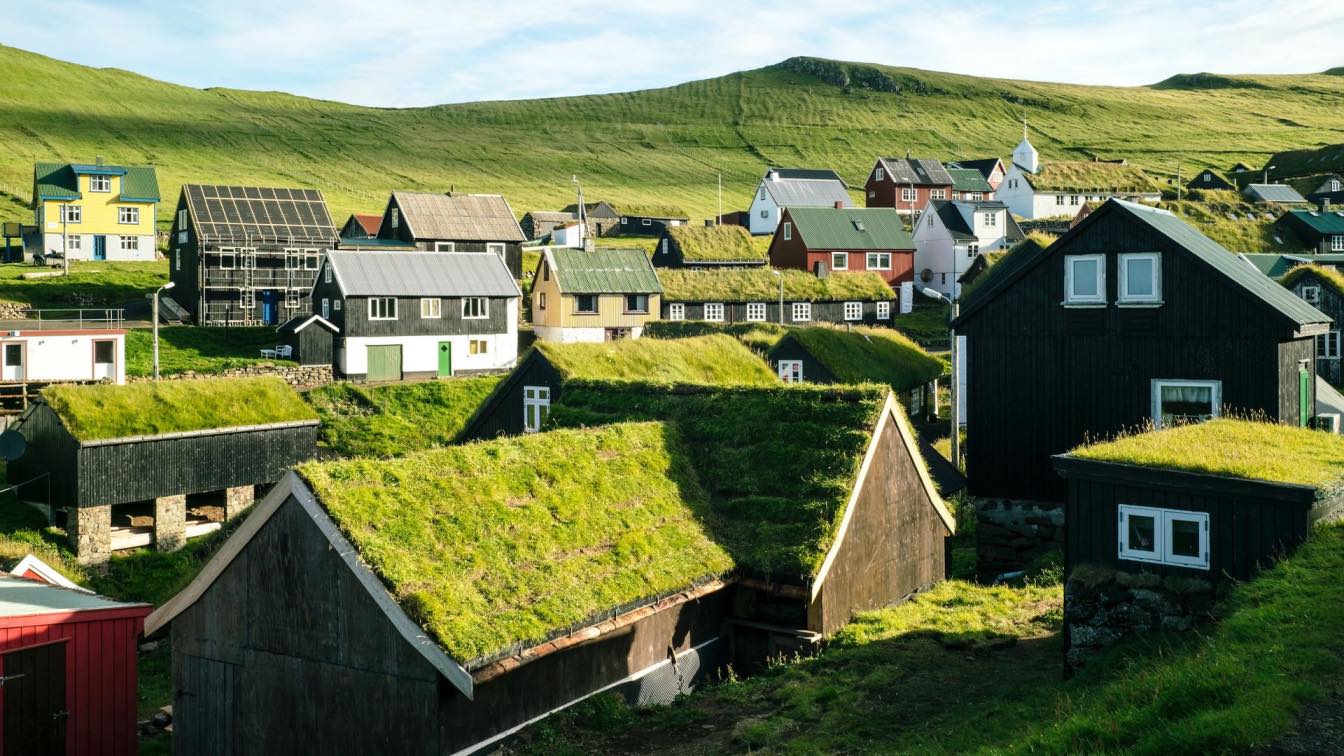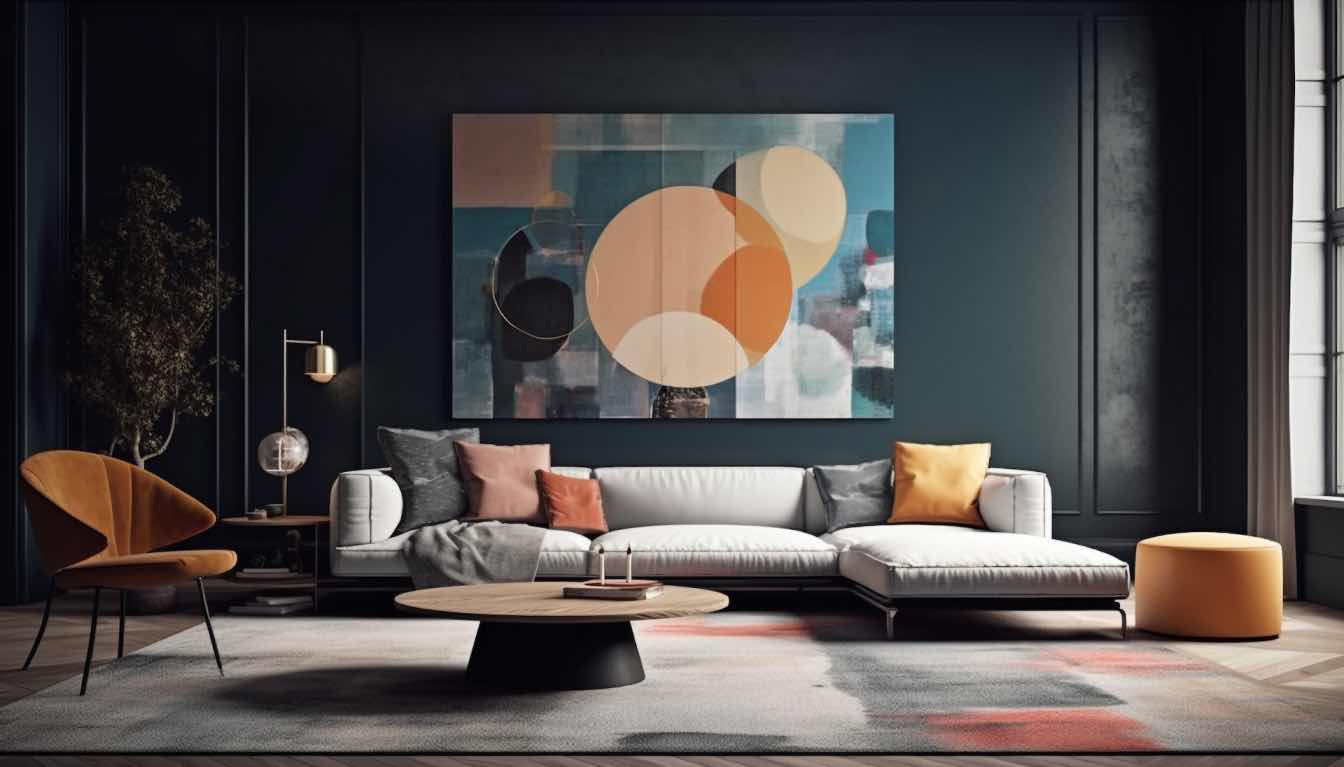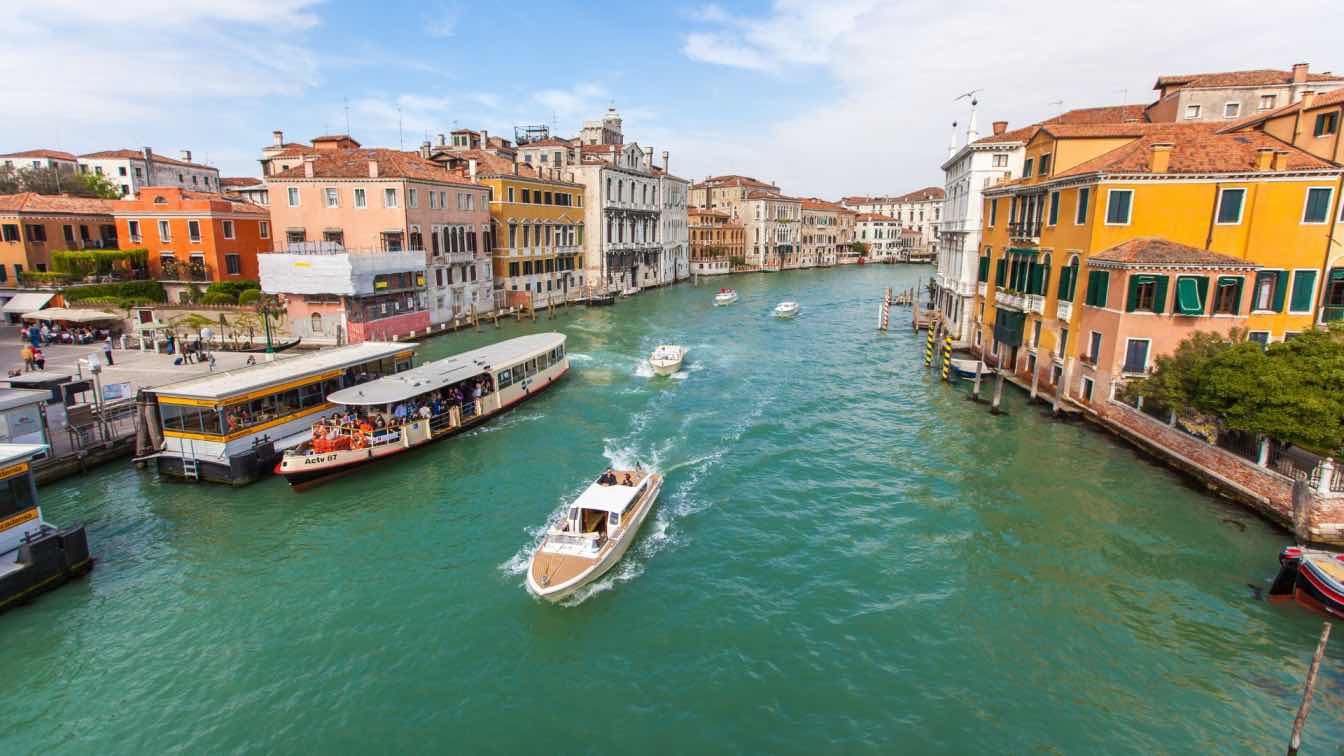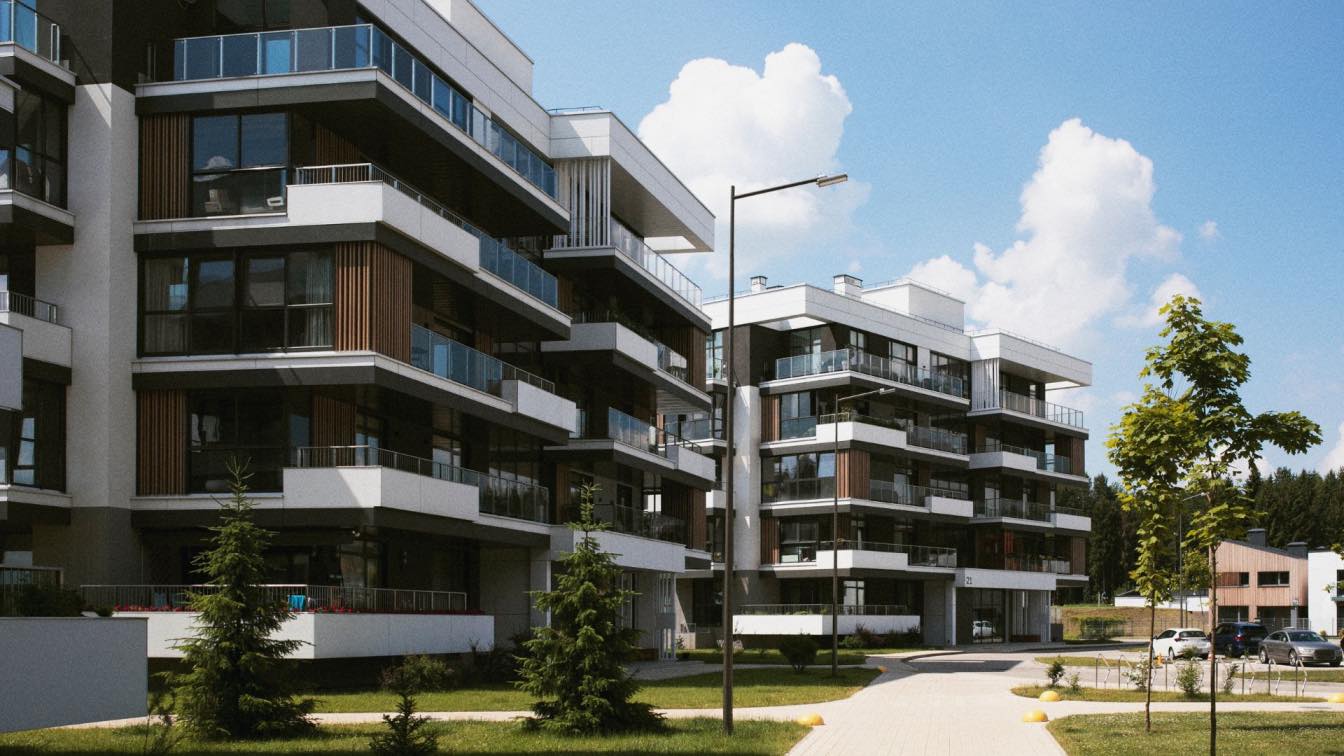The world moves quickly, so countries and cities always continue developing in all aspects. As such, we consider cities to be the engines of human society. The vast majority of the global population is in the cities, so they are responsible for powering up entire economies.
However, the above-mentioned fast pace of development very often leaves cities overcrowded and heavily polluted. That is why we see so many environmental disasters happen, which we should seek to avoid.
This is where green roofs come in. They will make cities more sustainable and give you another place to sit and enjoy your hobby – whether reading or playing free slots no download at your favourite casinos. Read on to find out more.
What Are Green Roofs?
Well, a green roof is exactly what it sounds like. It is a rooftop garden or a vegetative layer grown on the top of a building. As you would imagine, a green roof will provide much-needed shade, remove heat from the air and reduce the roof surface's temperatures.
By using green roofs in cities, the temperatures can go way below the average with conventional roofs, and pollution will also be reduced. In addition, green roofs can help with the energy usage of the building.
Some estimates say that the energy use by buildings will decrease by 0.7% when using green roofs. This means that peak electricity demand will be reduced as well, so the annual savings of the building will go up.
Types of Green Roofs
Before diving into details about how beneficial green roofs are for the environment, we need to distinguish which types are there. So, as the table below suggests, there are two types of green roofs: extensive and intensive.
|
Extensive |
Intensive |
|
Simplicity and resilient plant varieties |
Greater complexity with features like parks and trees |
|
Lightweight, minimal structural support required |
Heavier, necessitating more structural support |
|
Minimal maintenance |
Intensive maintenance requirements |
|
Low initial investment |
Significant initial investment |
Keep in mind that green roofs can be installed on all types of buildings. They also consist of the same layering components, and they have several barriers and security measures to prevent damage to the building's structure.
Which Benefits Do Green Roofs Provide for the Environment?
It seems like green roofs are humanity’s big shield against the cruel consequences of global warming. Just like the anticipation and thrill in gambling, the climate risk increases with each passing year. So, unsurprisingly, plenty of countries and cities require new buildings to have green roofs. However, what benefits can we expect from implementing green roofs on buildings? Let’s have a closer look.
Colder Cities
As you may know, cities are much hotter than rural areas due to the asphalt roads and concrete buildings. They radiate heat after absorbing the sunlight, with car exhaust worsening the situation. Scientists call this the “urban heat island effect.” Therefore, no one should be surprised to see cities a few degrees hotter than everything around them.
In recent years, we have witnessed more and more heat waves. They have deadly consequences for vulnerable people, and that is something that can be at least limited to green roofs. Green roofs will make the cities more climate resilient, so people at risk of heat waves will be more protected. This is done by replacing dark building surfaces with bright vegetation that will reflect the sunlight – rather than absorb it.
Preventing Flooding
Whenever we visit a new and well-developed city, we are almost surely astonished by its magnificent engineering and how its buildings are built.
However, those types of structures have considerable downsides. During rainy days, all cities rely on drainage systems to prevent flooding. As you would imagine, they are only sometimes successful, as big storms can outpower them.
Therefore, green roofs will absorb it, unlike traditional roofs that just shed water. This way, the pressure on drainage systems will decrease – a lot.
Less Water Pollution
Another big problem with drainage systems and traditional buildings is water pollution. As the rain falls on the city, the water gets mixed with various pollutants.
Then, they get carried by underground pipelines to rivers and lakes from where we drink our water. Plants on green rooftops will filter the water, and all harmful toxins will be removed.
Promotes Green Roof Farming
Even though it is still early days, more and more people engage in rooftop farming. It is trendy among citizens with green rooftops, and it can also be very beneficial.
Here, we have the apparent advantage – green rooftops can improve food security by providing a steady supply of goods.
Besides that, rooftop farms will also reduce the ecological footprint of food. If you have food on your roof, ordering one is unnecessary, so it doesn’t have to be transported through entire cities or states. It also doesn’t need to be refrigerated, which is one of the biggest generators of greenhouse gas emissions.
Overlooked Co-Benefits
More than just the environment will reap all benefits from green roofs. Apart from the fact that sometimes, green roofs can be tricky to install on some buildings, they seem to have no downsides. Therefore, we can mention a few more co-benefits of installing green roofs on buildings in cities:
1. Turn people into environmental advocates – by knowing all green roof benefits and having one, you might have a deeper appreciation of nature, so you will get to value life diversity even more.
2. You will save money – as mentioned above, green roofs can have cooling effects on your building, and the city in general. So, you won’t need to buy or use air conditions, which can help you save lots of money.
3. It will reduce your stress – well, studies have shown that living and working in a green environment will have a very positive effect on your well-being, as it offers relaxation.
4. Green roofs are a fire-resistant layer – there is lots of moisture wherever plants exist, so a green roof is a fire-resistant layer on your building.
5. Green roofs reduce outside noise – it is a sound barrier to your building as it absorbs sound and provides you with a quieter environment where you can live, work, or even both.
Conclusion: The Next Step in the Fight With Climate Changes
Overall, there are no plenty of downsides we can think of when speaking of green roofs. We witness the toll climate change takes on our lives with each passing year.
Although there is not much we can do, we are prone to say the opposite. Green roofs must be the first step in humanity’s fight against natural disasters, and evidence has shown that they are more than helpful with that.





